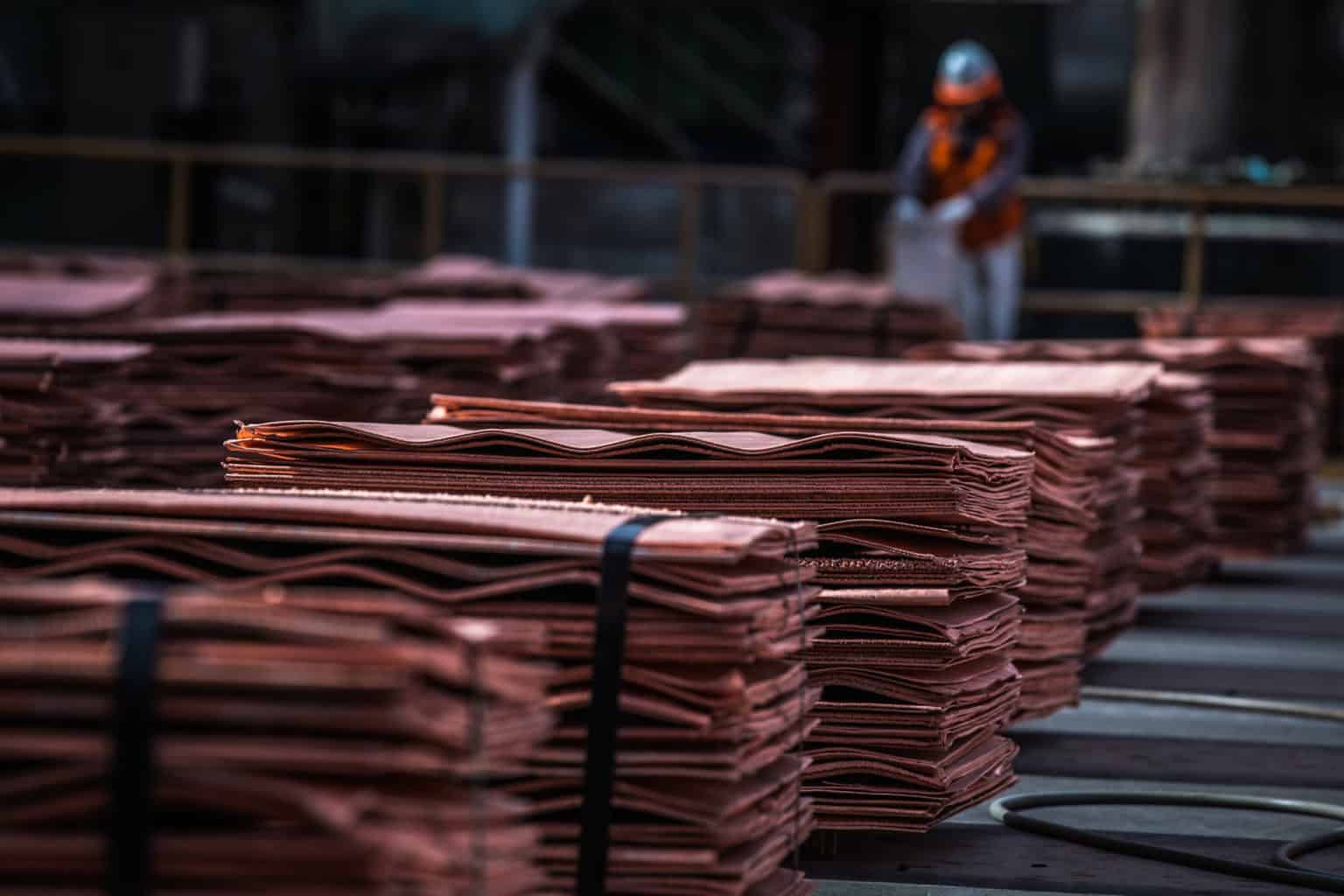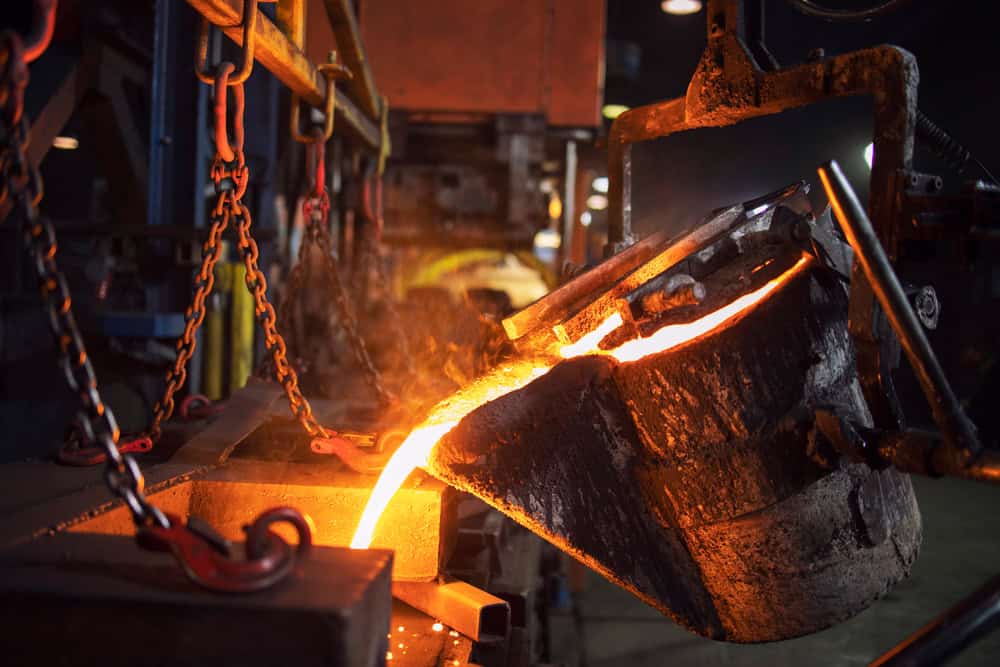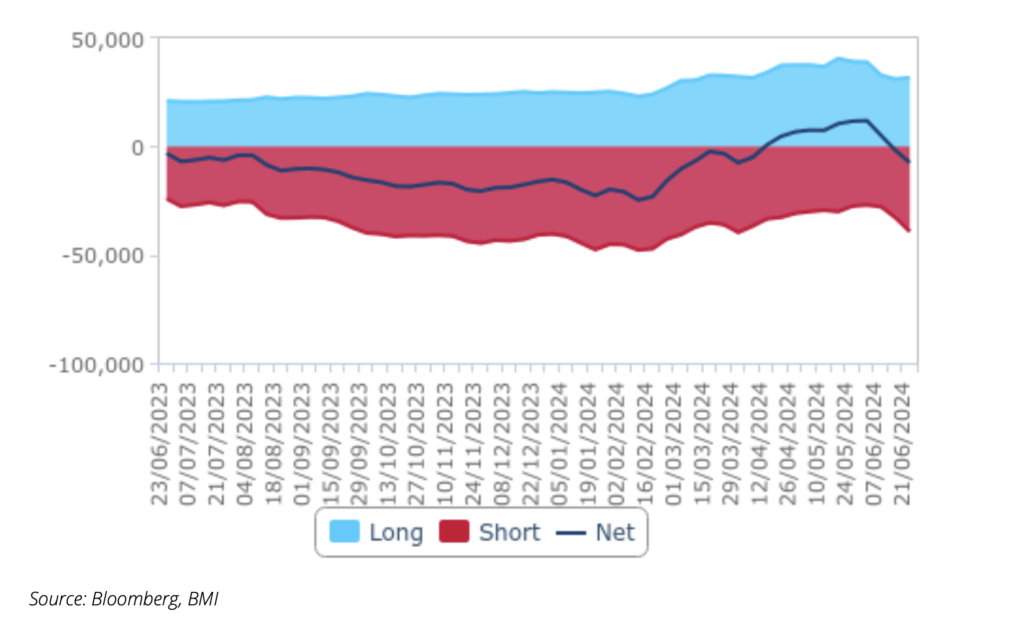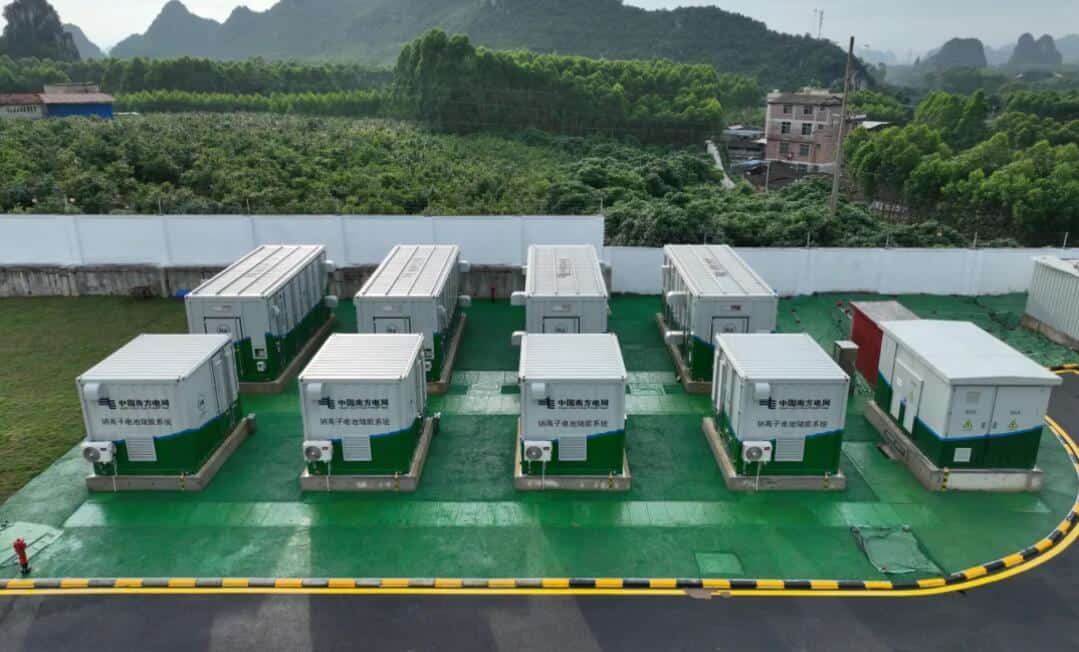
Copper prices surpassed $10,000/tonne on Friday after Citigroup analysts predicted the industrial metal may retest that level on investor optimism over policy support in China.
The world’s biggest consumer is widely anticipated to introduce further stimulus to upgrade its renewable energy infrastructure at the Third Plenum meeting in mid-July.
These additional measures, specifically targeting domestic property and grid investments, are expected to support copper prices in the near term, Citi analysts said in a note.
The bank also noted that the recent pullback in copper is mainly due to weaker manufacturing data globally, which it believes is only temporary.
While cyclical demand might have softened in June, the overall copper consumption for the first half of 2024 remains robust at around 4% year-over-year growth, Citi said.
Longer term, the metal has a chance to rise even further and reach $12,000/tonne due to the onset of rate cuts in major economies.
US Federal Reserve Chair Jerome Powell said earlier this week that inflation is returning to a downward path, sparking market confidence about monetary easing.
In afternoon trade in Chicago, copper for delivery in September was trading over 3% higher at $4.67 per pound or $10,300/tonne, the highest in over a month. In May, the bellwether metal set a record high of over $11,000/tonne.





